Is It Really Worth It to Inspect Your Roof Annually?
Your roof is the backbone of your home. Unfortunately, by the time many homeowners realize something's wrong, a damaged roof has already led to the need for additional costly repairs. This damage might include compromised ceilings, insulation systems, and walls. Having at least one inspection per year by professional roofers heads off these budget-busting repair bills, according to the National Roofing Contractors Association. Let's review the importance of annual roof inspections in more detail.
When Should Professional Inspections Take Place?
The best time to hire roofers to inspect your roof is after the coldest season of the year. Every roof also needs an inspection after major storms, as natural disasters can cause serious damage to a residential roof. However, many people omit these inspections, taking an out-of-sight, out-of-mind approach. Don't be a homeowner who ignores their roof!
Why Avoid Storm Chasers and Unlicensed Contractors?
Unless they provide a copy of their license, bond number, and insurance information, never allow a storm chaser to inspect your roof. Although most roofers perform an inspection for free, dishonest roofers often only give you half the story. They can tell you what damage they see, but they cannot always tell you what to do about it besides replacing the entire thing. These contractors may advise quick fixes, such as pressure washing your roof to remove mold. Don't get tricked by unlicensed contractors. Instead, hire professionals and experienced roofers in your area who you can trust to perform an inspection thoroughly and accurately.
What Should Your Annual Roof Inspection Include?
A thorough and professional inspection by a licensed and bonded roofer should include the following.
At ground level:
- Checking your downspouts for piles of grit, which is a sign of damaged shingles
- Looking for curled or buckled shingles
- Inspecting for damaged rafters
On the roof:
- Checking the flashing for rust or failing caulk
- Inspecting for missing shingles
- Considering boot failure around ventilation pipes
- Looking for damaged or missing ventilation fan caps
Inside the home:
- Looking for water spots on ceilings
- Inspecting for signs of mold in the attic
- Considering damp insulation
Not all these signs require replacing your roof. Nevertheless, they indicate urgent issues you need to address before they lead to further damage and reduce your home's value. When damage is spotted, be sure to follow up with your mortgage lender or homeowners insurance company regarding how they want you to proceed as soon as possible. Finally, schedule the recommended repairs as soon as possible before the season changes or the next storm hits. To schedule a roof inspection, contact Outlast Construction today!
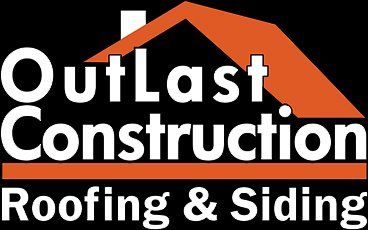
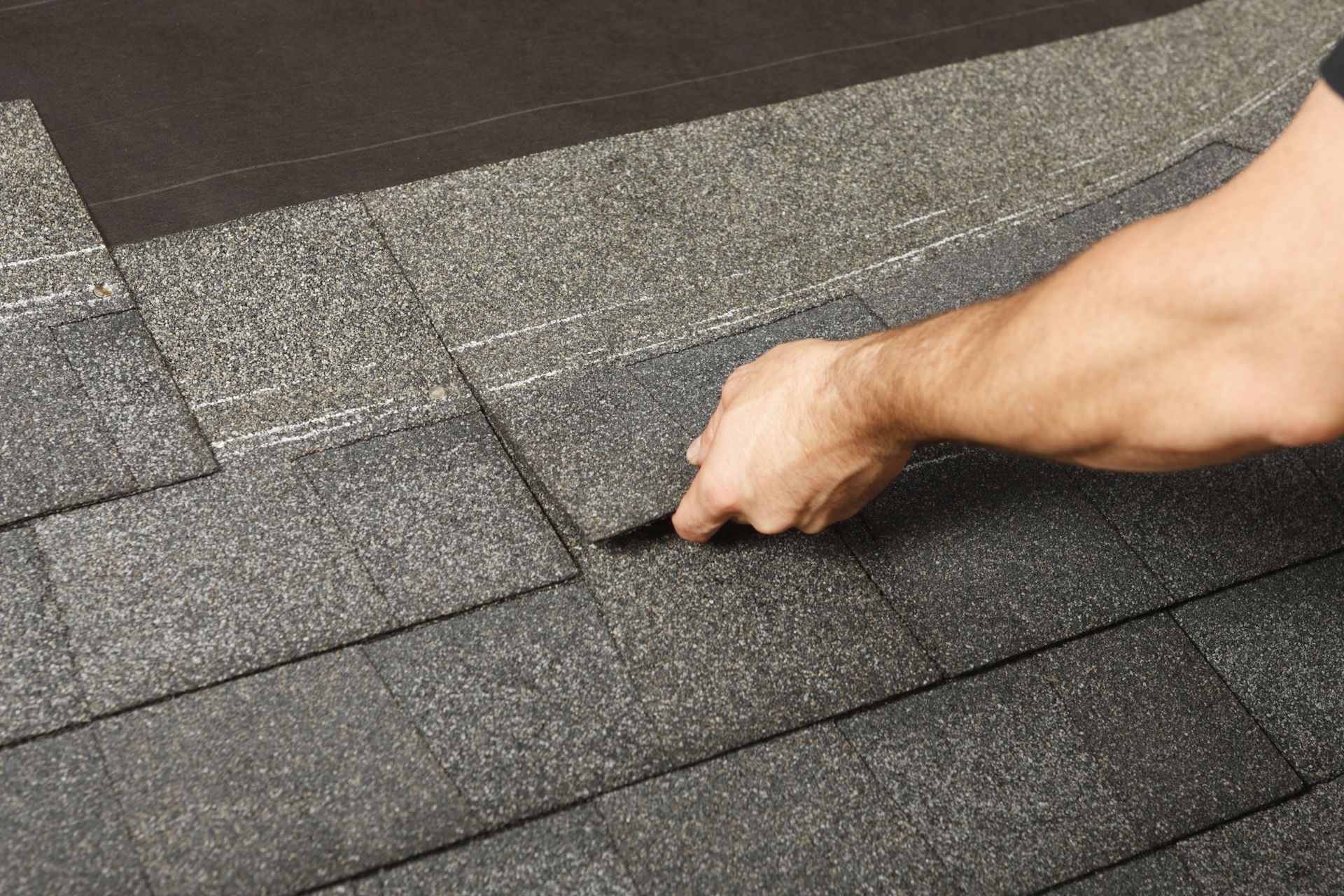

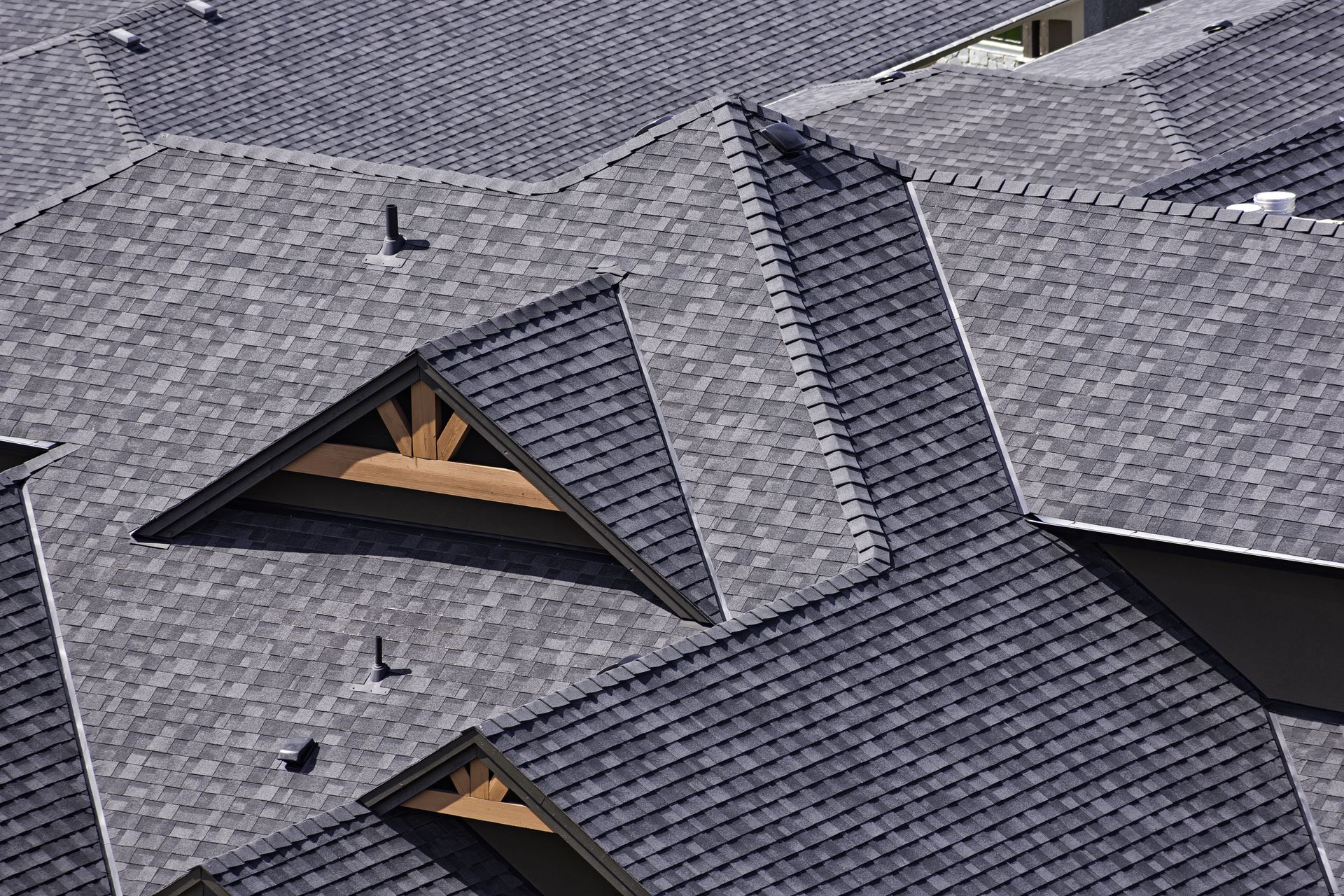
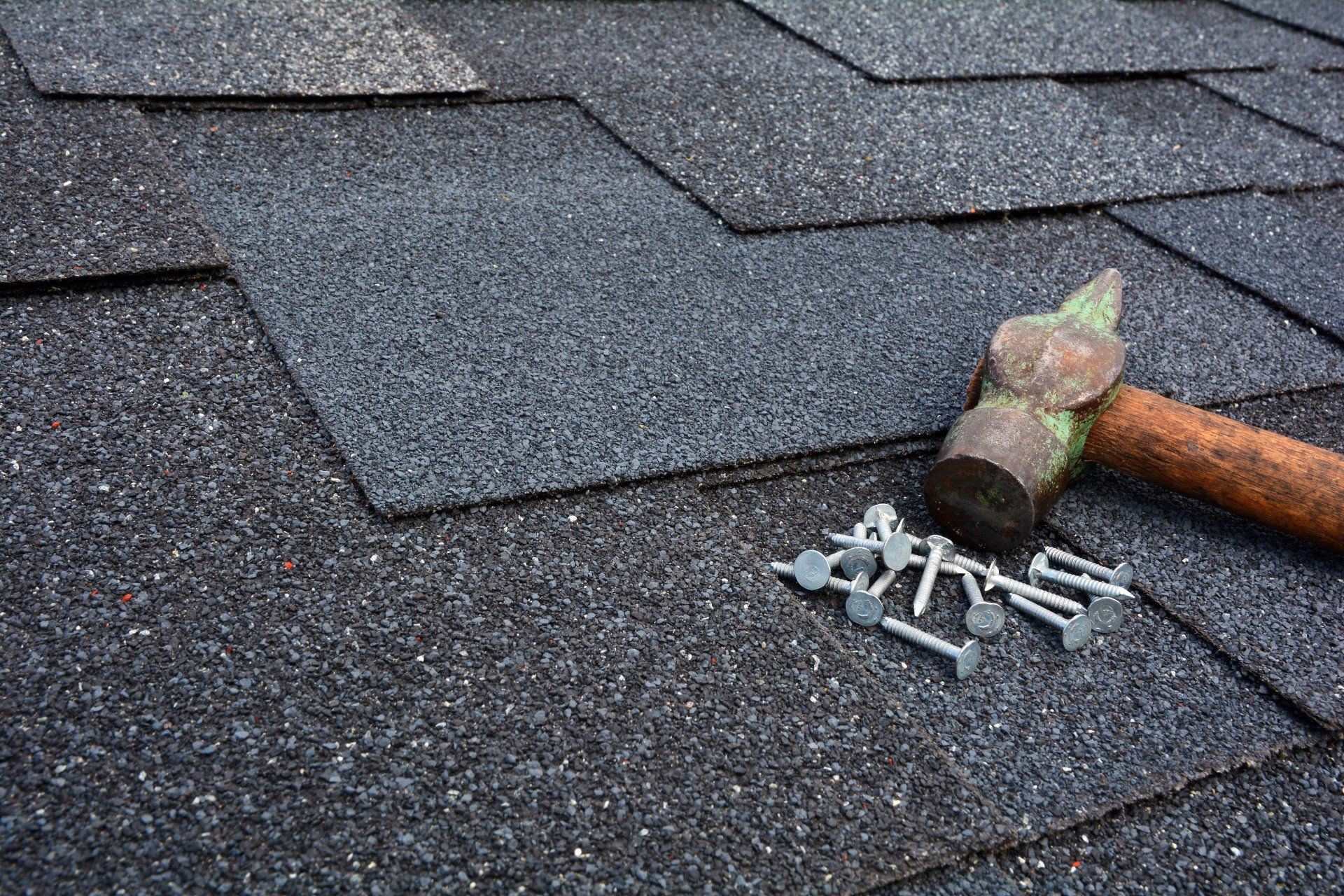
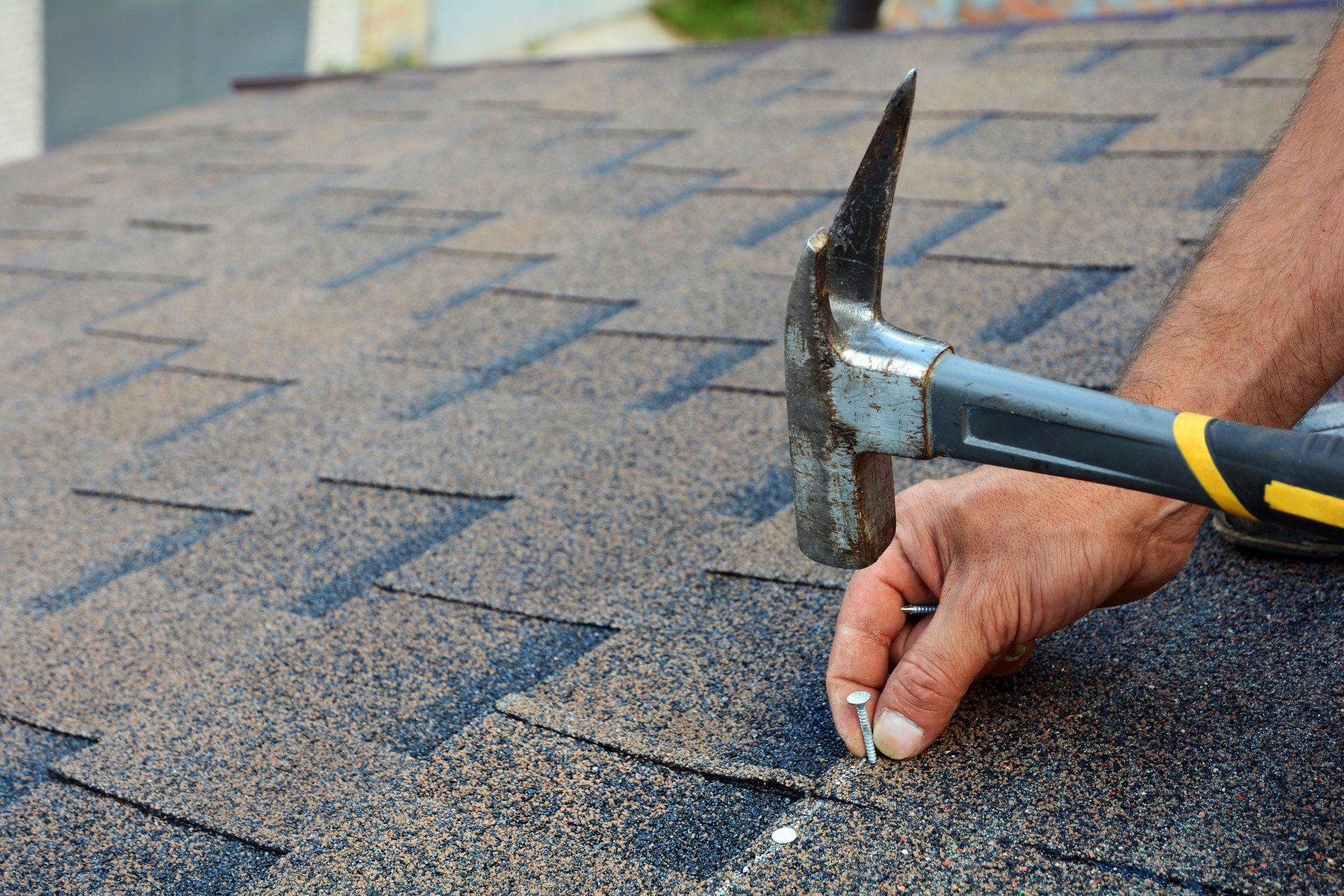
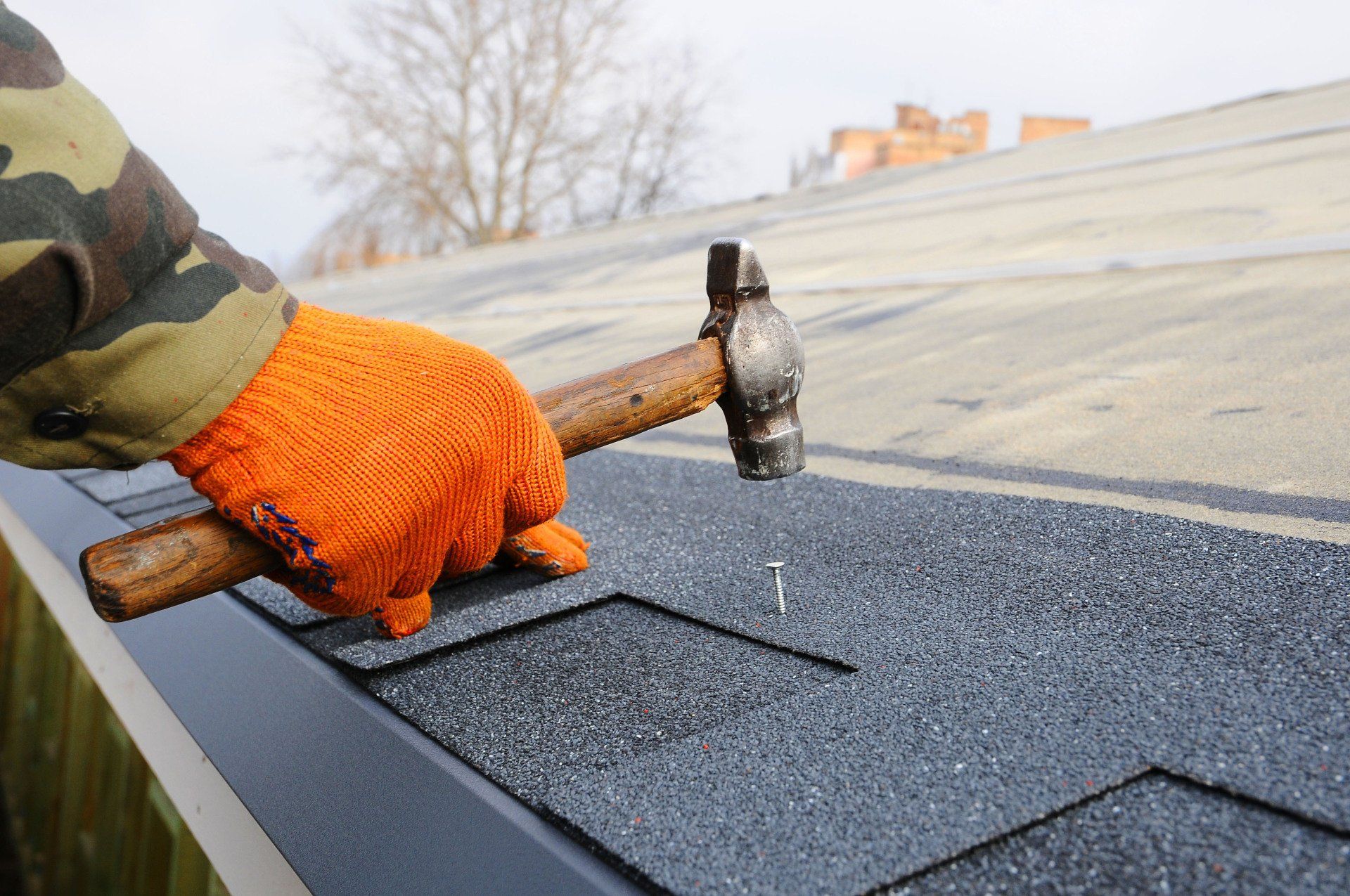



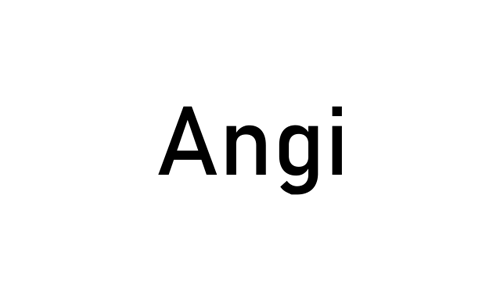

Share On: